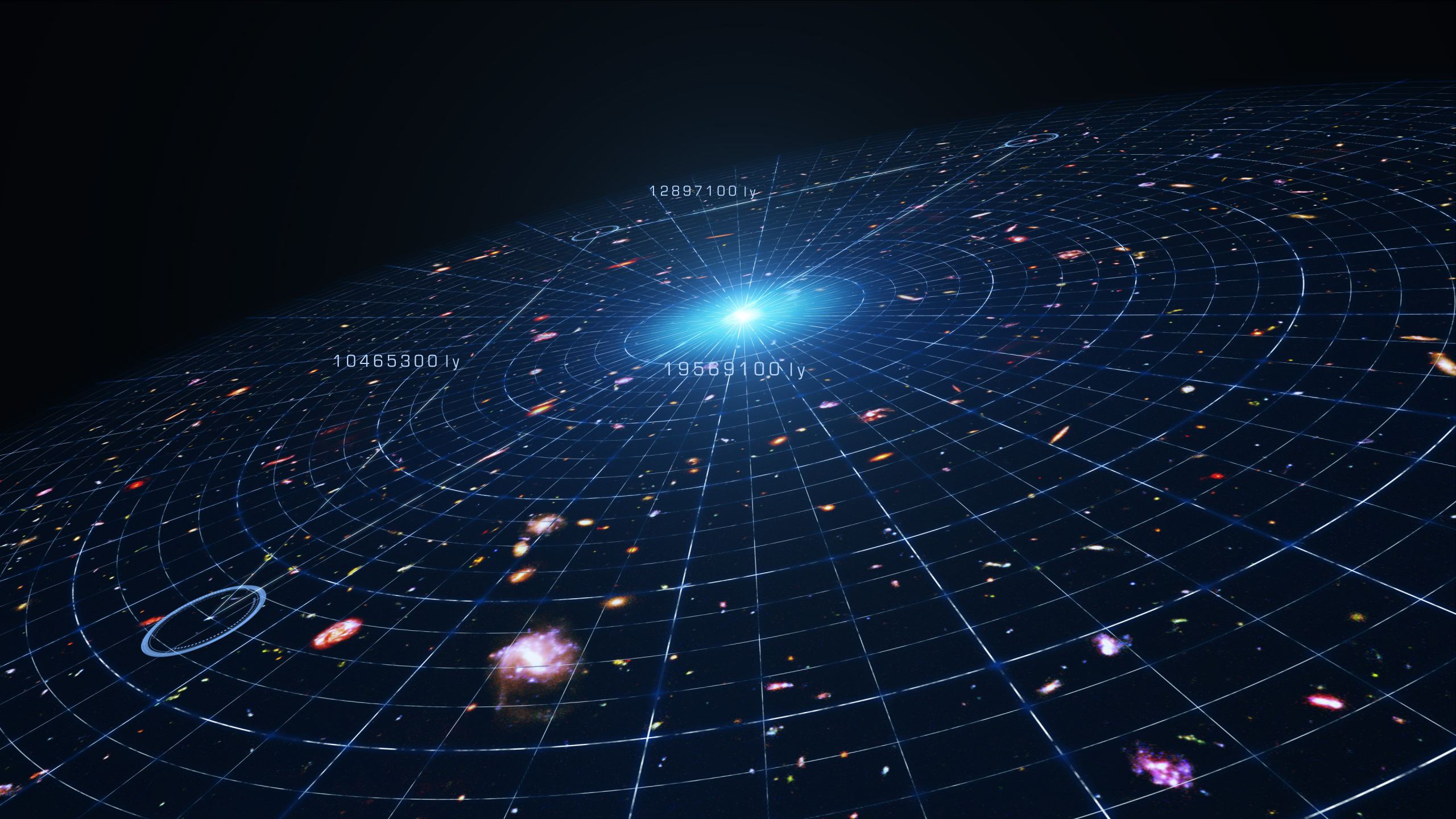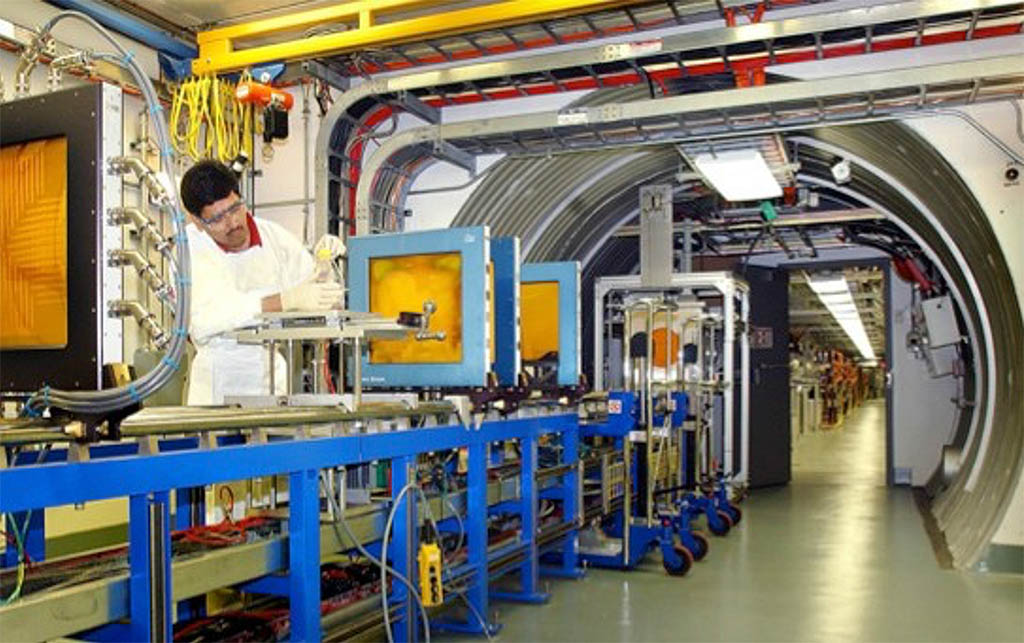
New Study Examines Cosmic Expansion, Leading to a New Drake Equation
In 1960, in preparation for the first SETI conference, Cornell astronomer Frank Drake formulated an equation to calculate the number of detectable extraterrestrial civilizations in our Milky Way. Rather than being a scientific principle, the equation was intended as a thought experiment that summarized the challenges SETI researchers faced. This became known as the Drake Equation, which remains foundational to the Search for Extraterrestrial Intelligence (SETI) to this day. Since then, astronomers and astrophysicists have proposed many updates and revisions for the equation.
This is motivated by ongoing research into the origins of life on Earth and the preconditions that led to its emergence. In a recent study, astrophysicists led by Durham University produced a new model for the emergence of life that focuses on the acceleration of the Universe’s expansion (aka. the Hubble Constant) and the number of stars formed. Since stars are essential to the emergence of life as we knot it, this model could be used to estimate the probability of intelligent life in our Universe and beyond (i.e., in a multiverse scenario).
The study was led by Daniele Sorini, a postdoctoral Research Associate at Durham University’s Institute for Computational Cosmology, and was funded by a European Research Council (ERC) grant. She was joined by John Peacock, a Professor of Cosmology at the Royal Observatory and the University of Edinburgh’s Institute for Astronomy, and Lucas Lombriser, from the Département de Physique Théorique, Université de Genève. The paper that details their findings was recently published in the Monthly Notices of the Royal Astronomical Society.





















